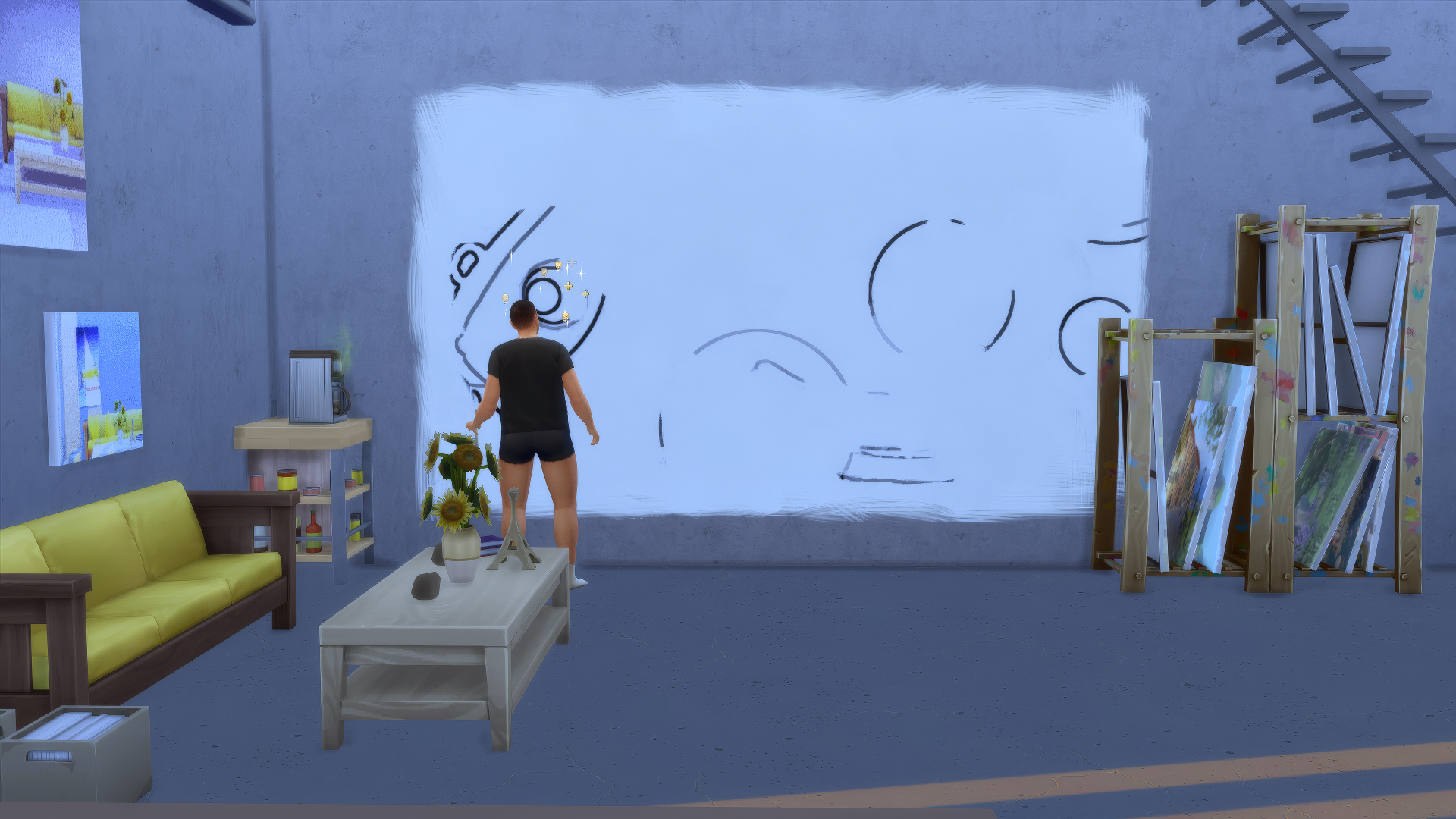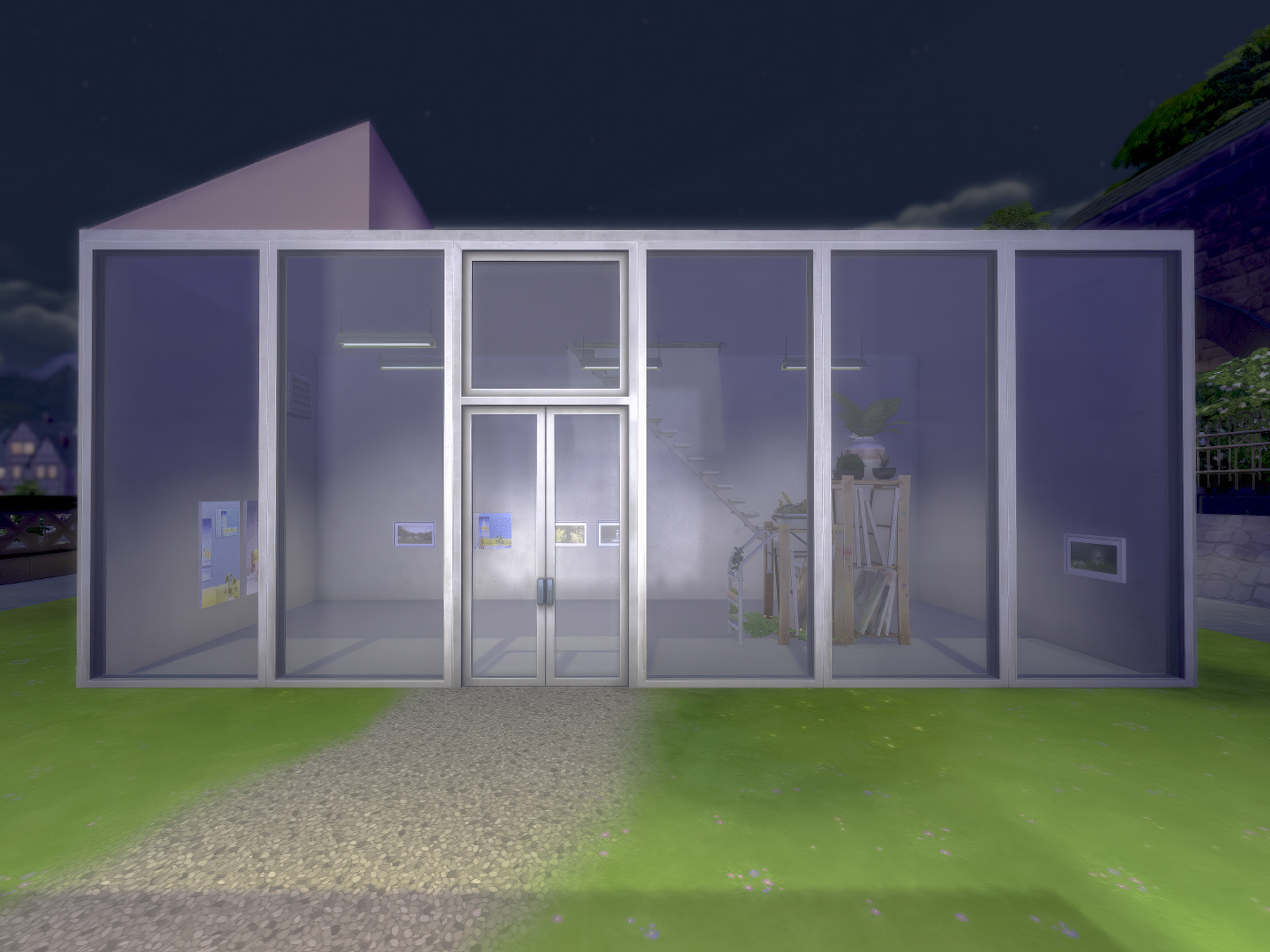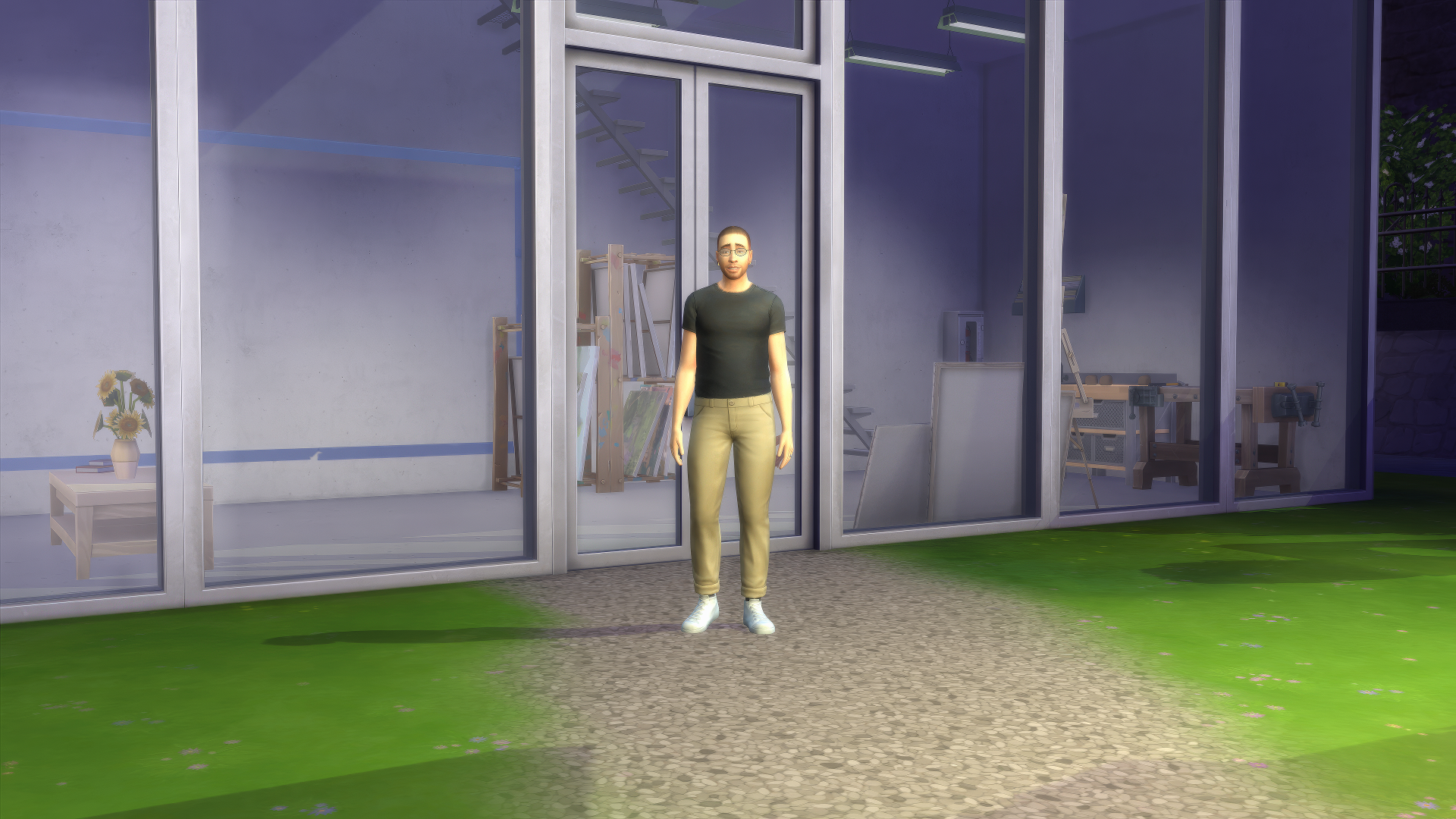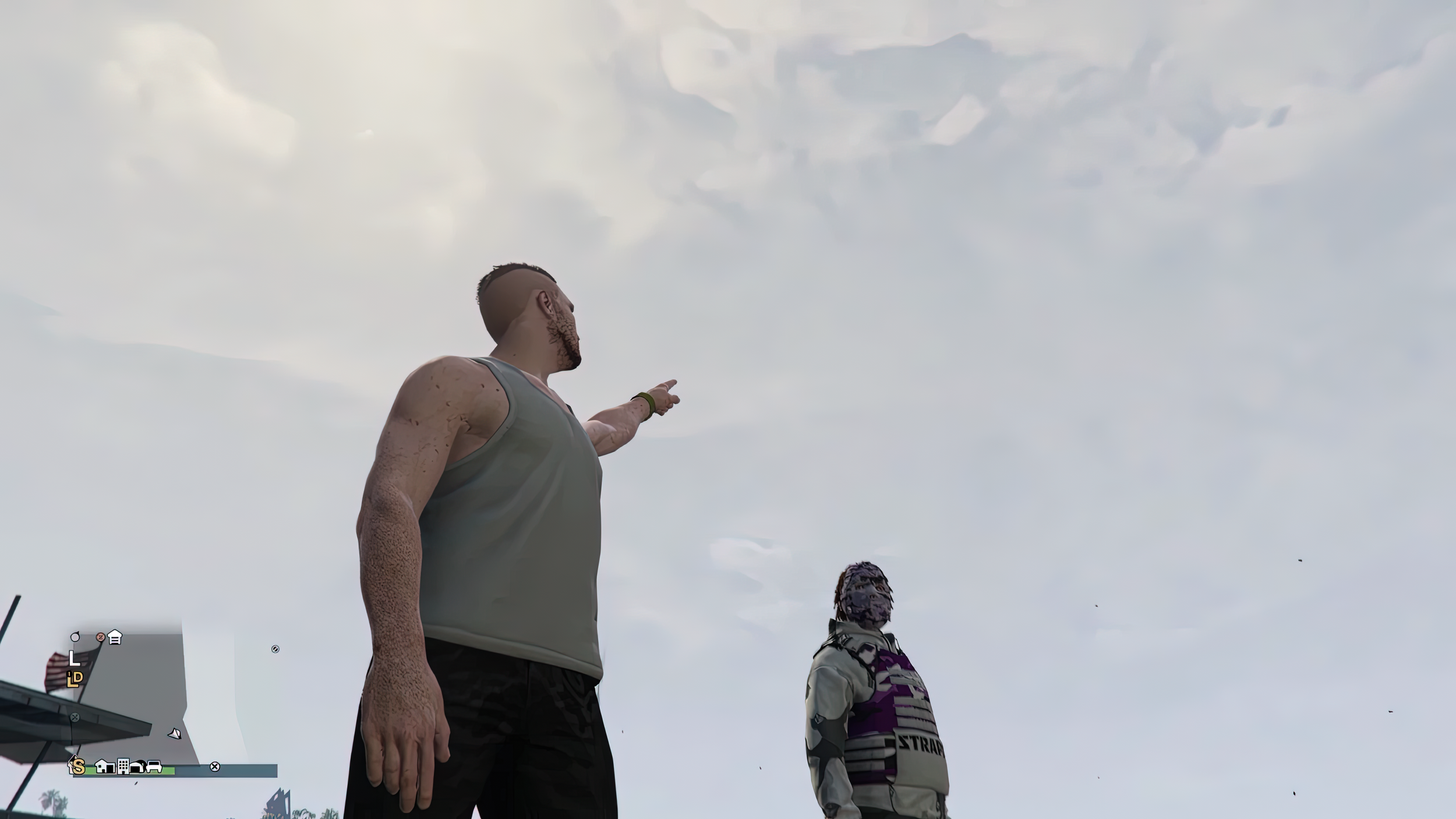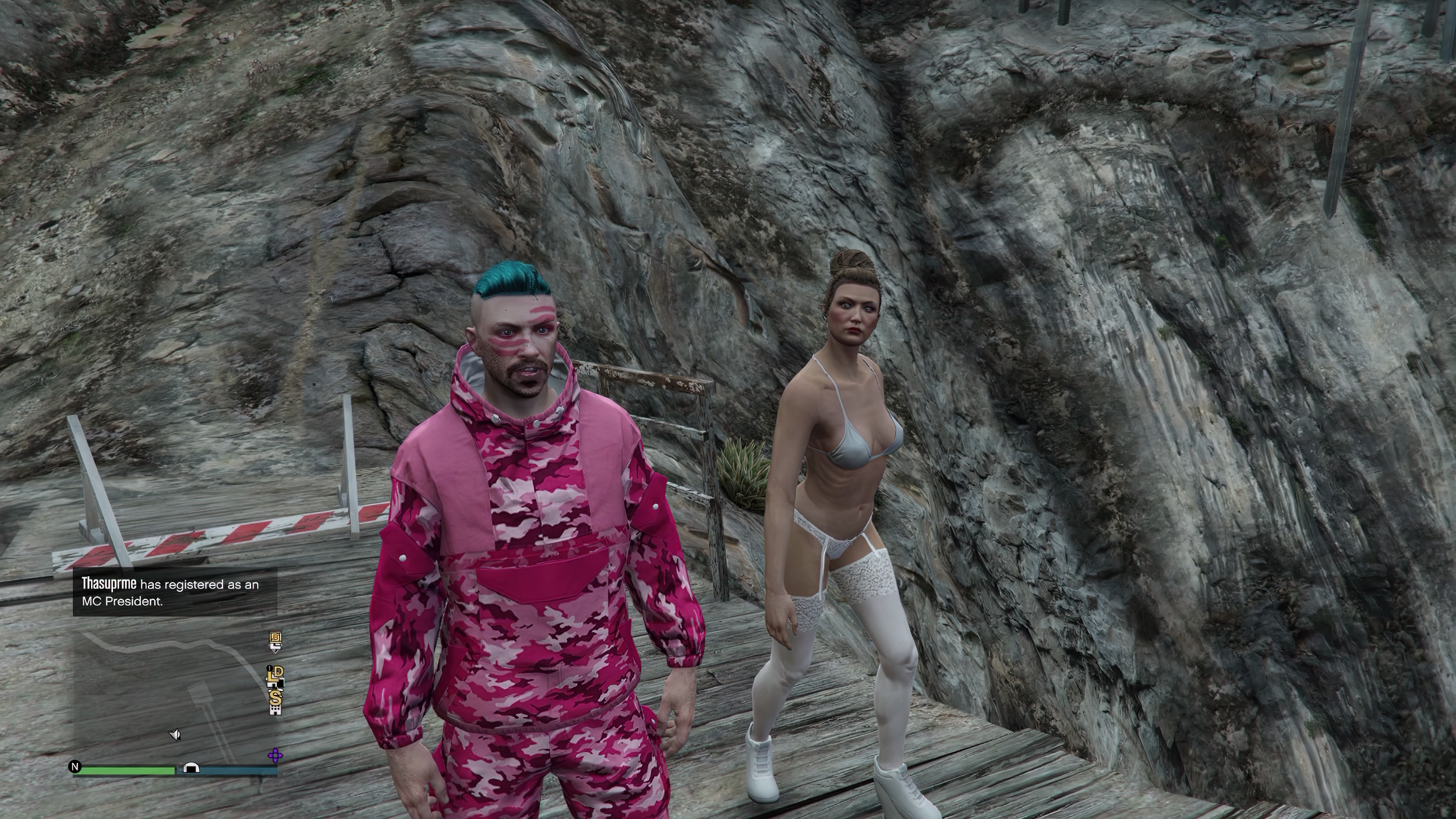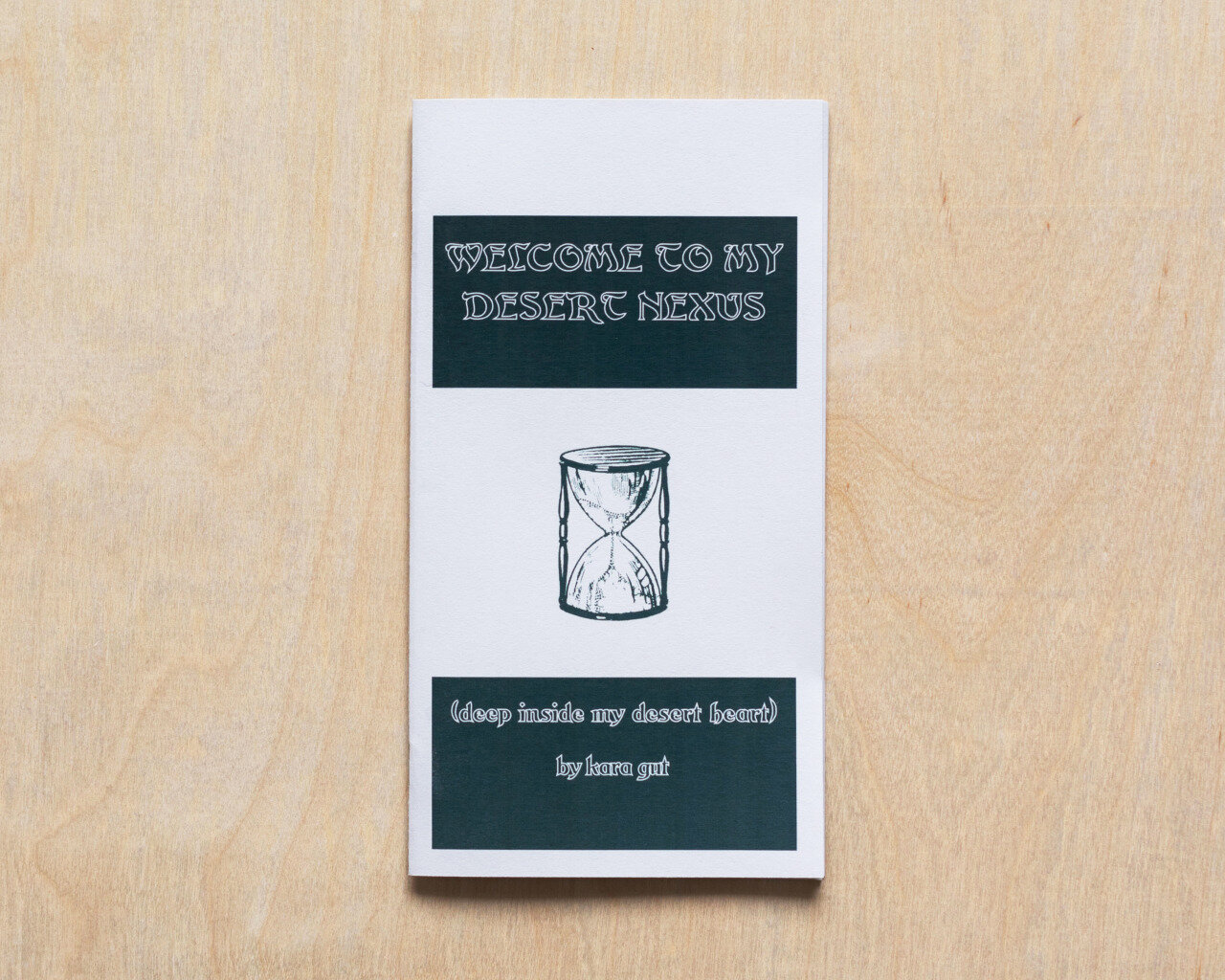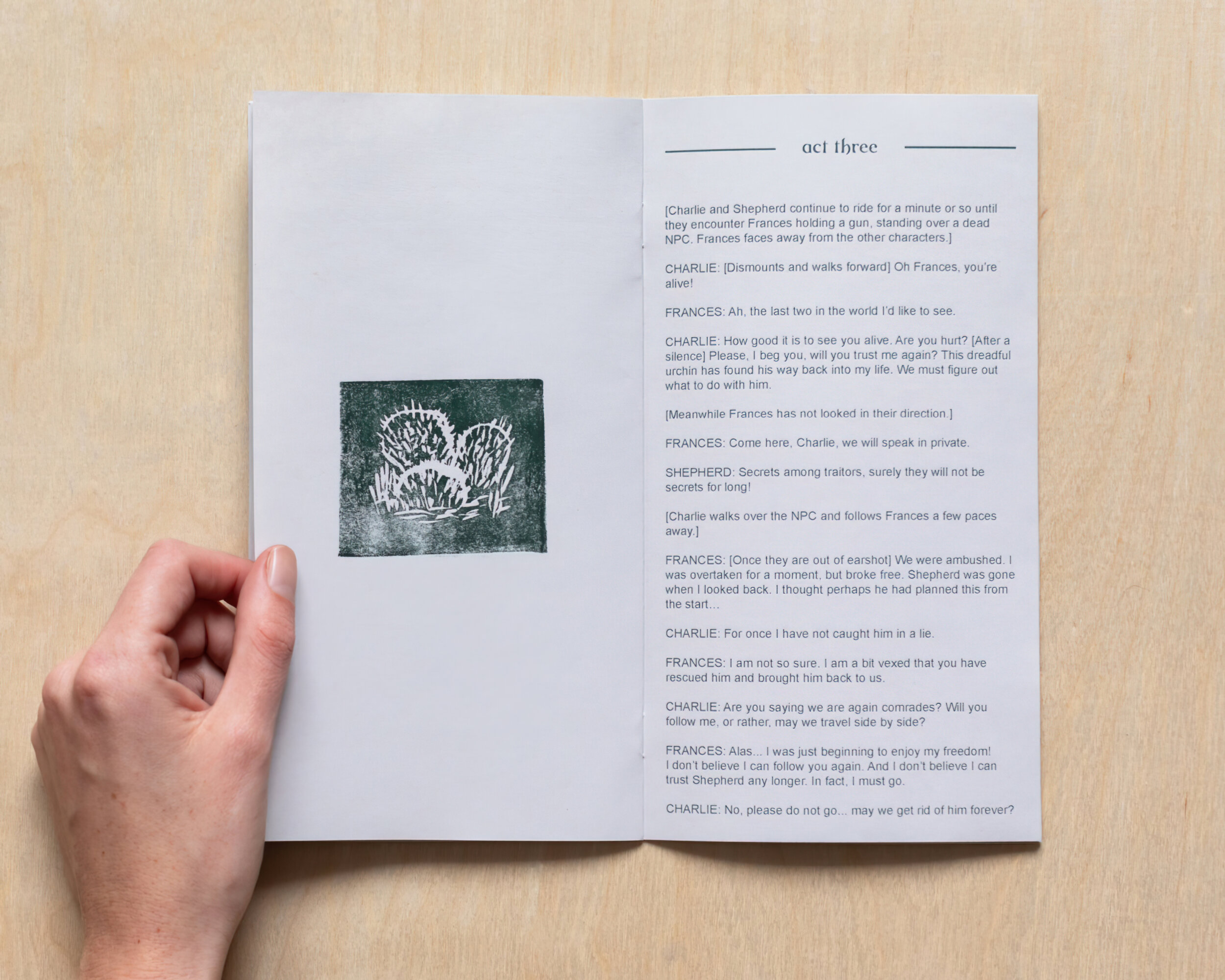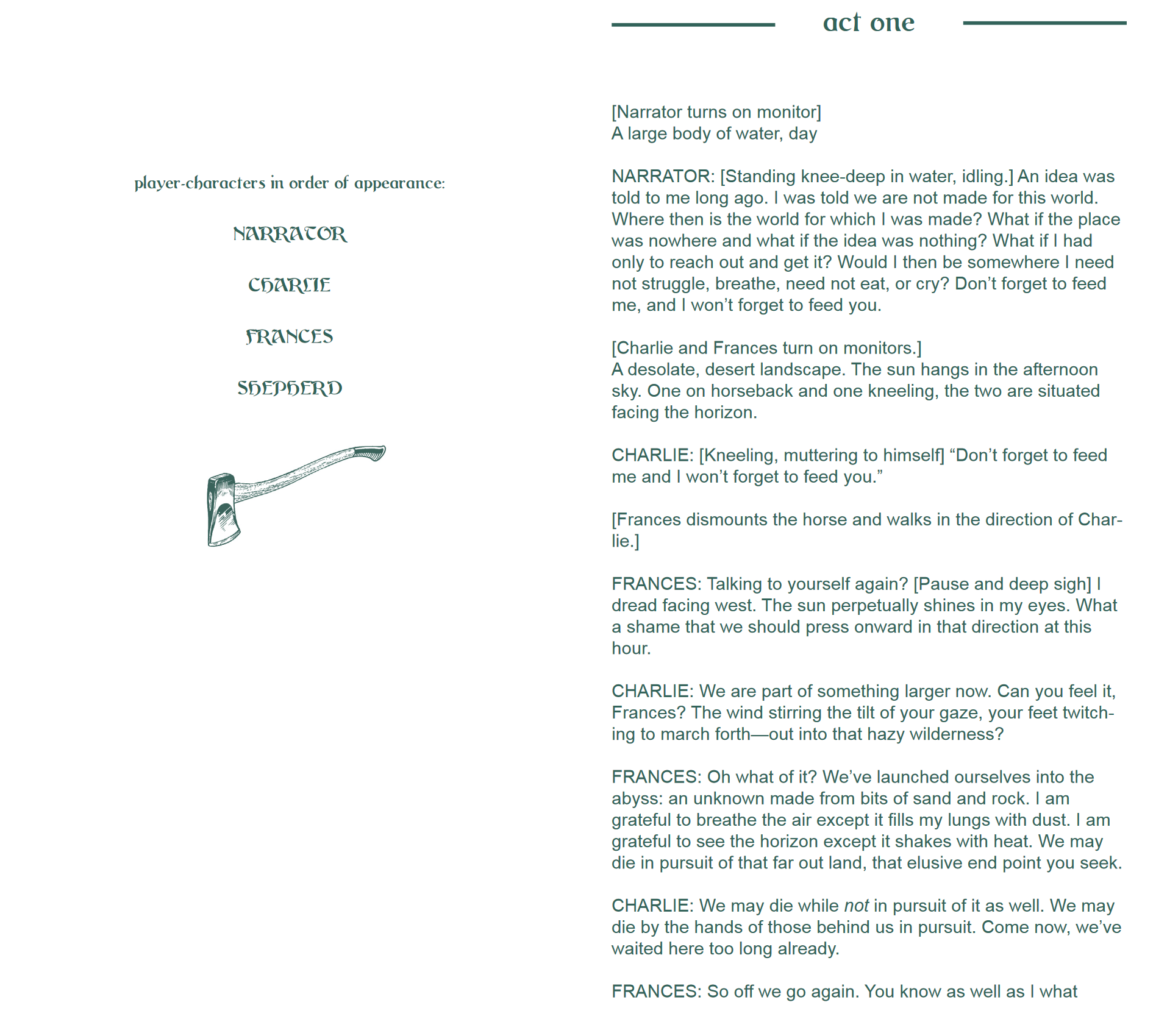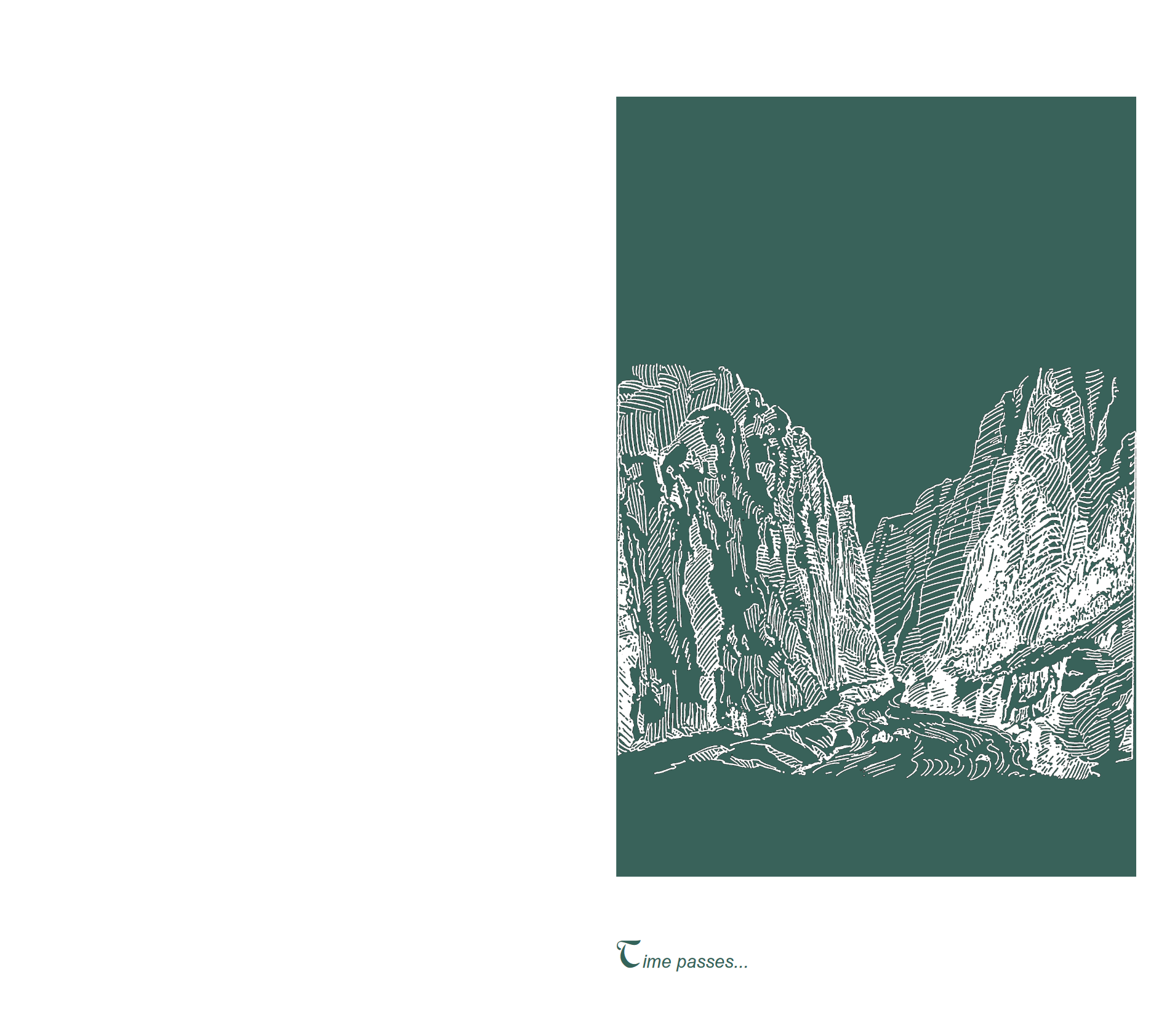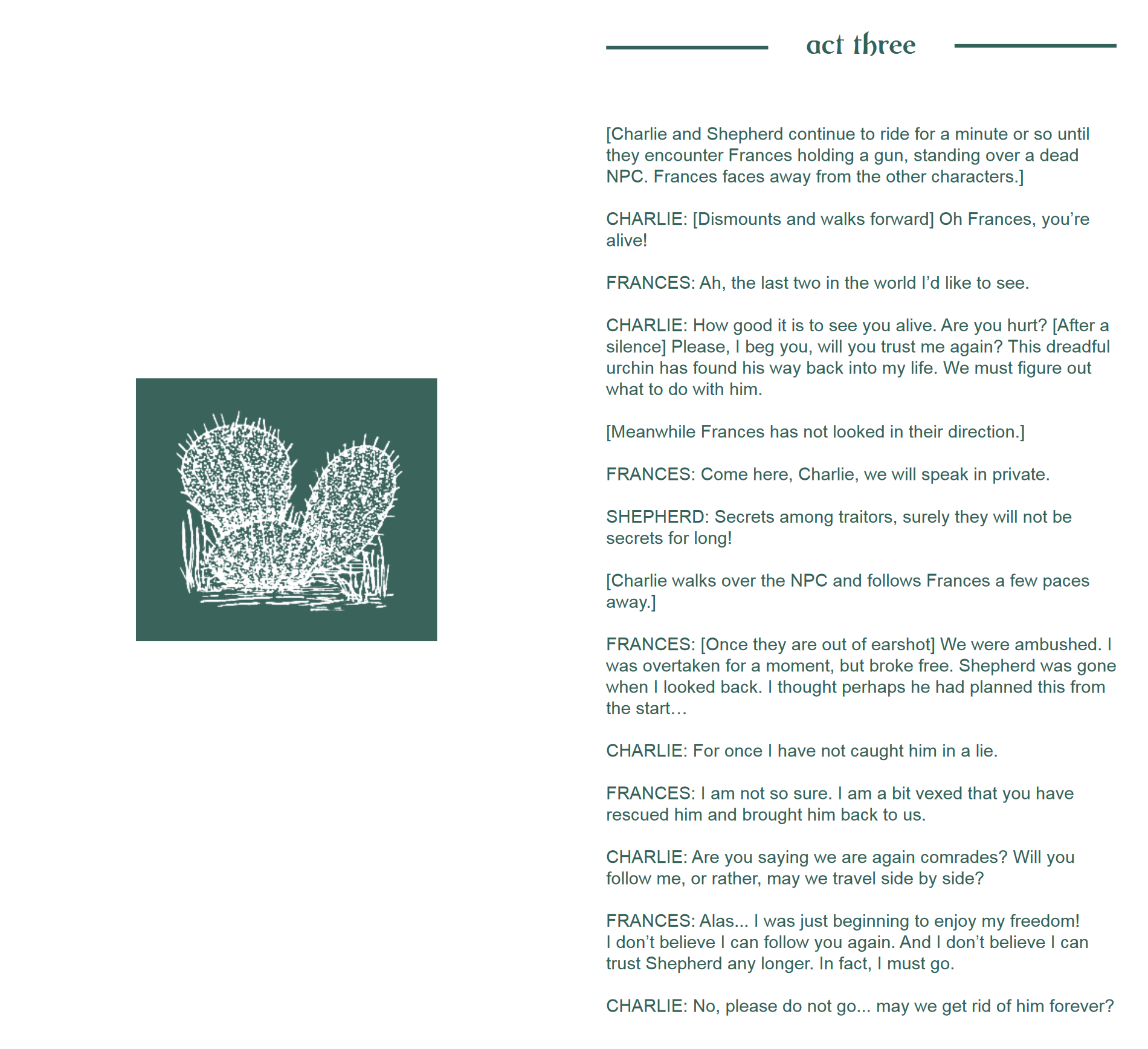VRAL is currently presenting The Death Trilogy by Adonis Archontides, a triptych of works starring his ersatz Sim-clones. To better appreciate the breadth and scope of his work, we are discussing his Sims-based oeuvre. We continue our exploration with the in-game performance Adonis and the Labour of Artistic Production. This project stands out as one of the most inventive integrations of The Sims within an avant-garde context to date, where the processes of art-making and video game mechanics are seamlessly intertwined, creating a fruitful dialogue.
Adonis and the Labour of Artistic Production (2017-2018) centers on the personal and artistic journey of Adonis Archontides during his virtual art residency within The Sims 4, as captured through a series of Instagram posts. The project – which began in December 2017 and concluded in February 2018, in preparation of Archontides’ first solo exhibition, which opened on February 22nd, 2018 – explores themes of artistic creation, the transient nature of beauty and inspiration, and the interplay between personal life, gaming interactions, and creative expression. During his virtual residency, Adonis investigated the essence of artistic labor and the impact of the environment on creativity, sharing interesting insights into his artistic process. Like Marshall McLuhan, Adonis seems to share the idea that media – video games included – create environments, rather than just “content” or “messages”.
Like the subsequent work, Adonis and Adonis and Adonis and Adonis and Adonis and Adonis and Adonis and Wade and the Effort of Consciousness, Adonis and the Labour of Artistic Production relies on digital platforms to chronicle the construction of identity and reality in virtual or digitally mediated environments. However, while the former focuses on the multiplicity of self and philosophical explorations within a simulated game world, the latter engages more with the physicality of the artistic process and its documentation in real-time, offering a more intimate look at the everyday life and productive cycles of an artist. Together, both projects showcase Adonis’s ongoing interest in merging life and art with digital means, continually pushing the boundaries on how art is created, experienced, and discussed in the age of video games.
The residency was cleverly narrated through a series of posts on Instagram. Adonis and the Labour of Artistic Production developed in stages, from…
Matteo Bittanti
Works cited
Adonis Archontides
Adonis and the Labour of Artistic Production
Performance documentation in The Sims 4, screenshots, Instagrams posts, 2017-2018
All images courtesy of Adonis Archontides
This content is exclusive to Patreon subscribers. To gain full access, consider joining our vibrant community.


